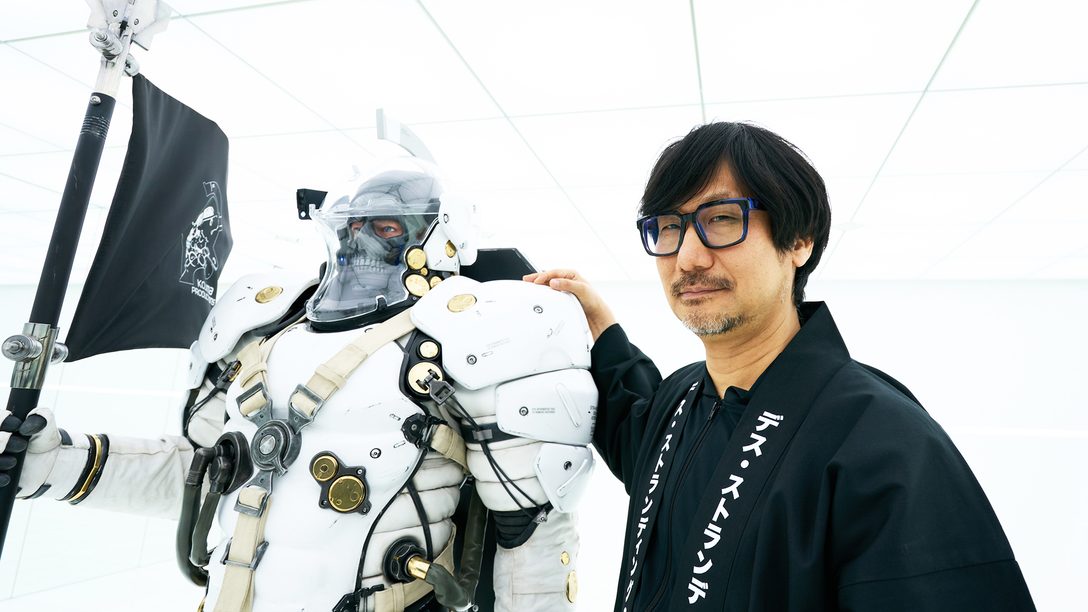
How world affairs shaped the core theme around ‘connection’ in Death Stranding 2: On the Beach.
With the release of Death Stranding 2: On the Beach coming up on June 26, we recently sat down with Hideo Kojima to discuss how the theme of ‘connection’ played a part in the development of the sequel during COVID, and what challenges he faced when redesigning the gameplay.
Familiarizing players with a new genre and offering more choice and freedom
PlayStation Blog: What were your goals when creating the sequel to Death Stranding? Were there any major changes or enhancements you were looking to implement?
Hideo Kojima: As we made the jump from PlayStation 4 to PlayStation 5, most of the changes were focused on game design and story. As you may recall, Metal Gear Solid was one of the first stealth games, and you had to go completely undetected to survive. There were no weapons available on the elevator at the beginning of the game, because if there were, players would most likely fight the enemies instead of sneaking past them. That defeats the purpose of a stealth game, so we intentionally left them out. Some said it was too difficult to reach the elevator (laughs), but the game included various mechanics to teach players how the stealth mechanics work. Then in Metal Gear Solid 2, we made some enhancements, like making weapon handling easier, or being able to target parts of the body from a first-person perspective.
Death Stranding 2: On the Beach was designed with a similar philosophy. Players familiarized themselves with the ‘delivery game’ genre with the first game, and the sequel builds on that and provides players with more choice and freedom, particularly around combat; you can go in guns blazing, or you can choose not to use weapons at all. We also made cars and motorcycles more accessible.
As for the story, the predecessor was centred around Sam and Cliff. This time, the story delves deeper into who Lou is, her relationship with Sam, as well as Sam’s backstory.
Did the way players utilize the Social Strand System (SSS) surprise you in the first game? Did that have any impact on the development of Death Stranding 2?
We weren’t initially sure if players would use the SSS, but we found that many players actually enjoyed the feature. Even now, five years after the game’s release, there are players that are still devoted to building highways, and that was a pleasant surprise. When developing the sequel, we came up with various ways to accommodate players who are passionate about building infrastructure like highways, and as part of that, we added the ability to build monorails.

One system the team debated over was the ‘likes’ mechanic. Likes in the game don’t have a physical impact – they can’t be converted to currency, nor do they make you stronger. Yet it feels good when you receive a like from another player as a token of appreciation. We anticipated some backlash when we implemented the feature in Death Stranding, but instead, players seemed to like the mechanic. When working on Death Stranding Director’s Cut, we reviewed the likes data and heatmaps to rework the feature based on our findings. Death Stranding 2: On the Beach further builds on that, so we have a better understanding of player behavior.
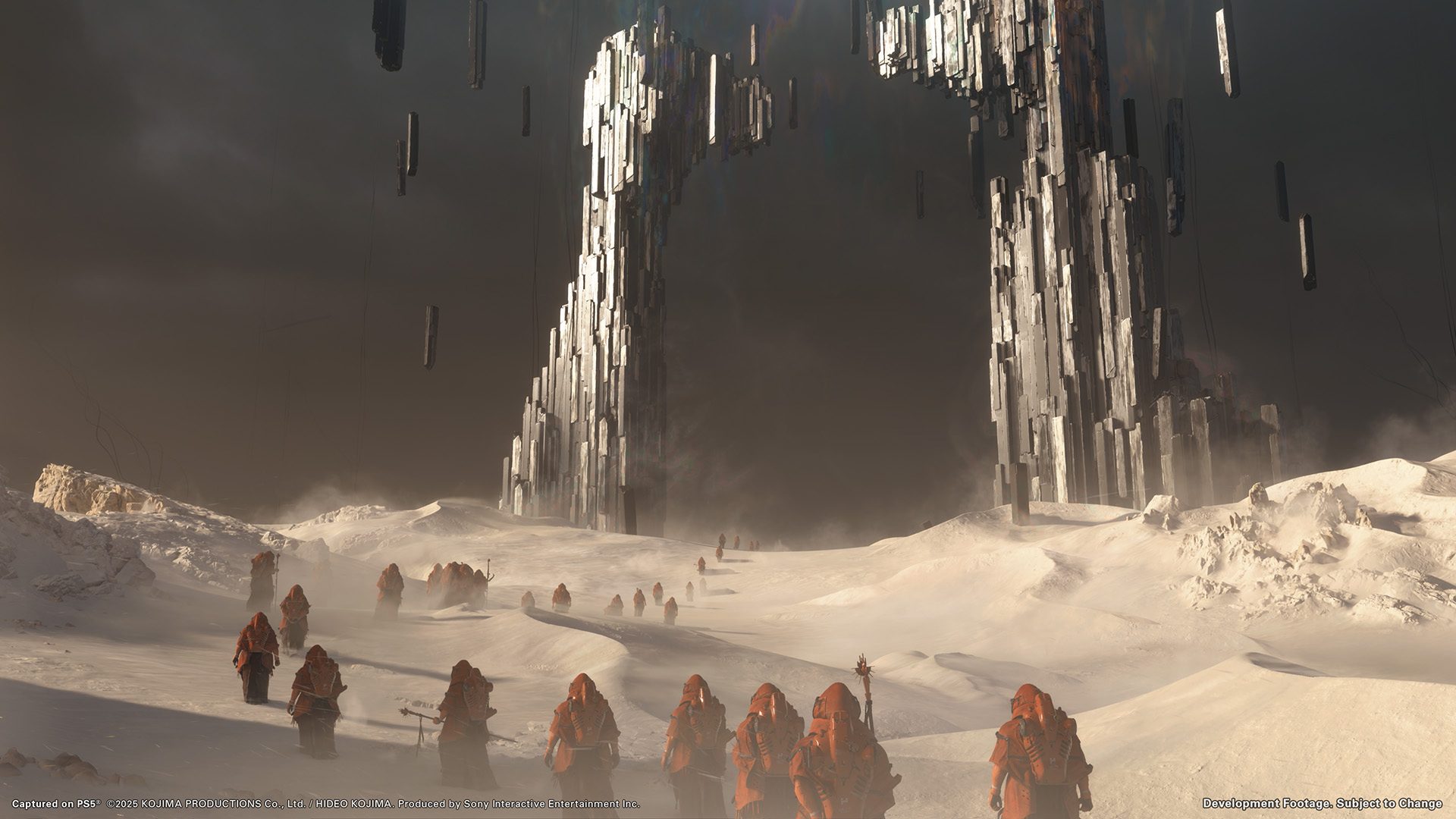
Why did you choose Mexico and Australia as the primary location for Death Stranding 2: On the Beach?
Mexico shares a border with the UCA (United Cities of America), so the neighboring cities had to be connected. As Sam mentions many times in the game, we were extremely mindful that building these ‘connections’ didn’t appear invasive. Sam’s journey of connecting the Americas from east to west was inspired by the American frontier. With the UCA established, we wanted the sequel to take place in a location that shared a similar geography with the Americas — stretches from east to west and borders the sea in the north and south. Eurasia is too large, and Africa didn’t really fit the bill either. Australia checked all the boxes, but the next issue we faced was how to connect the North American continent with Australia. After a lot of discussion, we decided to implement the ‘plate gate’ to connect the two continents.
Revisiting what ‘connection’ means to humanity
The core themes of the games shifted from ‘connecting people’ to ‘should we have connected?’ Was this due to your views on social media evolving over time?
Death Stranding was in development before COVID hit, and I felt like there was a global divide happening around then, especially following talks of Brexit. The theme of the game reflected my notion at that point in time, that humanity needed to connect and unite to avoid disaster. COVID happened three months after the game’s launch, and the world ended up getting fractured, like the game. However, we survived thanks to the internet. At the same time, I saw more people starting to disregard in-person connections and interactions, and that went against my belief around human communication. Only by venturing out can you meet people by chance or stumble upon unexpected places.
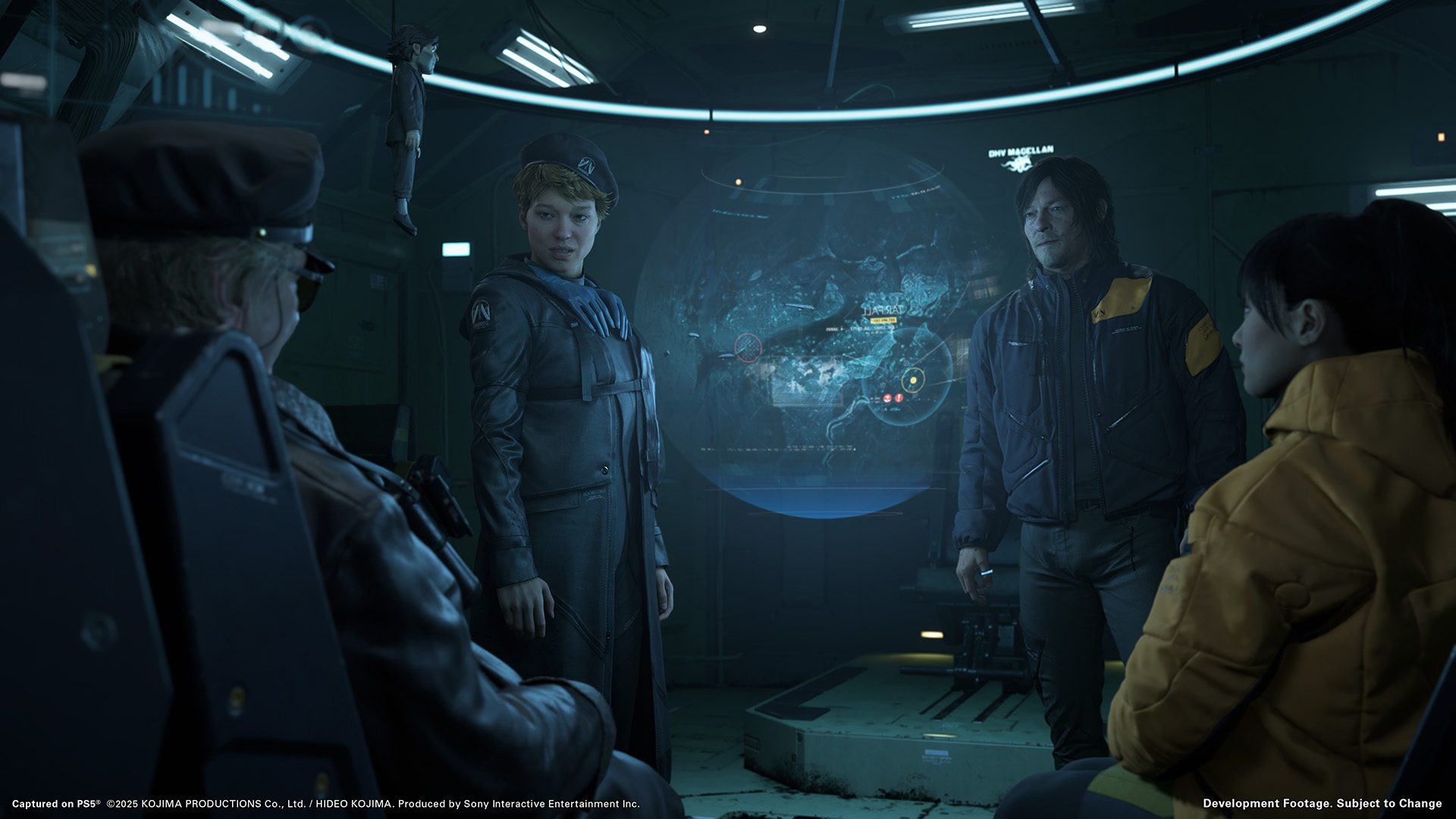
Death Stranding 2: On the Beach was already in the works before COVID, but we revisited the overall concept of the game after COVID. The predecessor was inspired by the fear of social fragmentation and isolation, but after experiencing COVID, I started ruminating over the dangers of being ‘too connected.’ I left a lot of clues in the game, like the stick and rope theory, so I think players will connect the dots in the end. You’ll encounter characters that will speak my thoughts in the game too.
One hint is that the previous logo had strands hanging downwards, which symbolized the game’s theme of establishing connections. Whereas the logo for Death Stranding 2: On the Beach has strands running down towards the logo. What does it mean to be connected? Should we have connected? Play the game to find out.










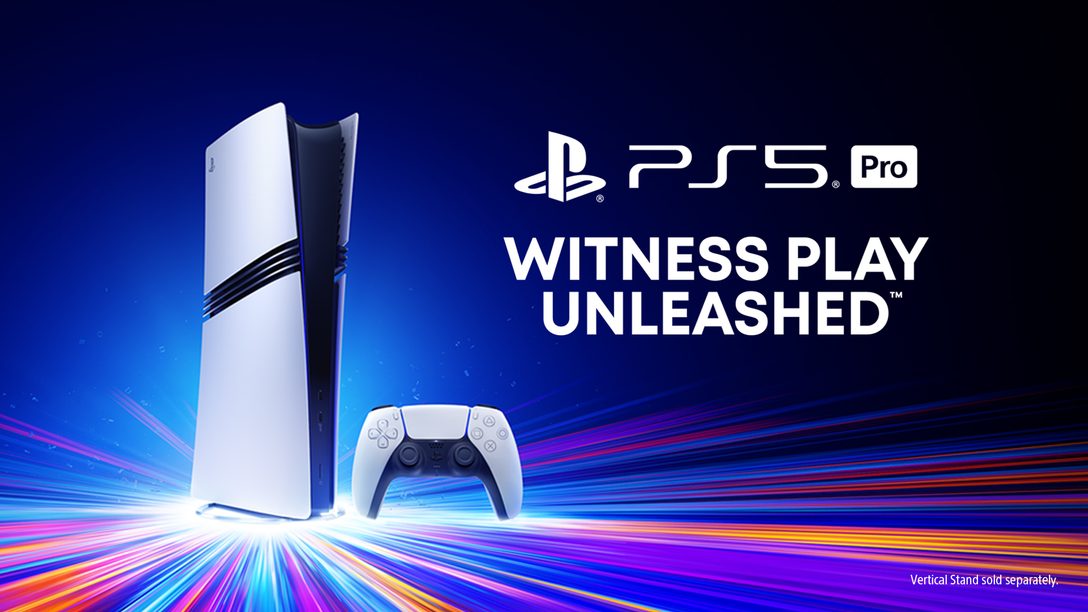
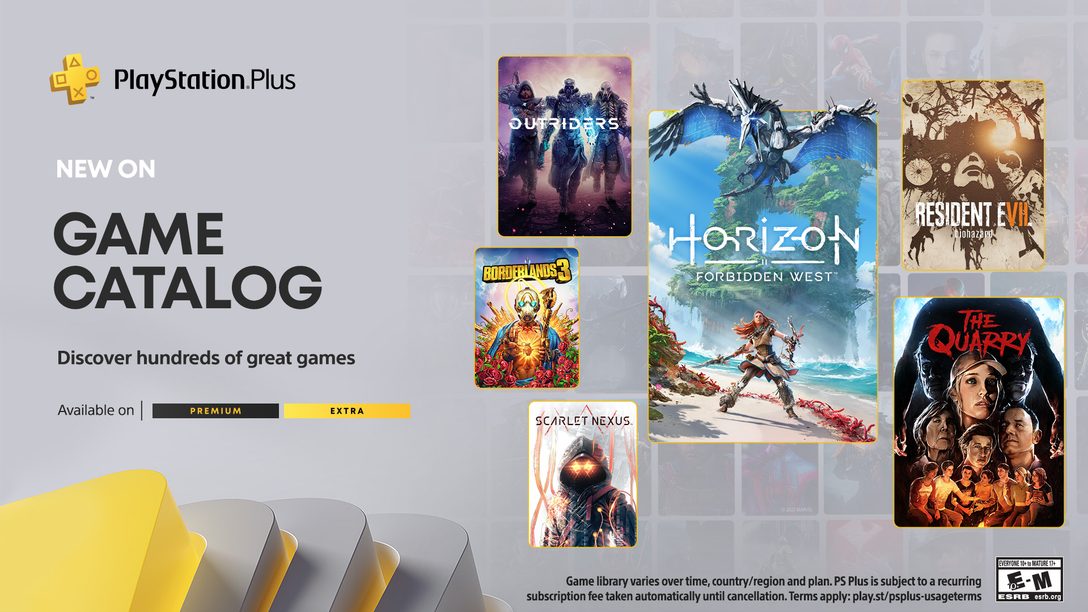

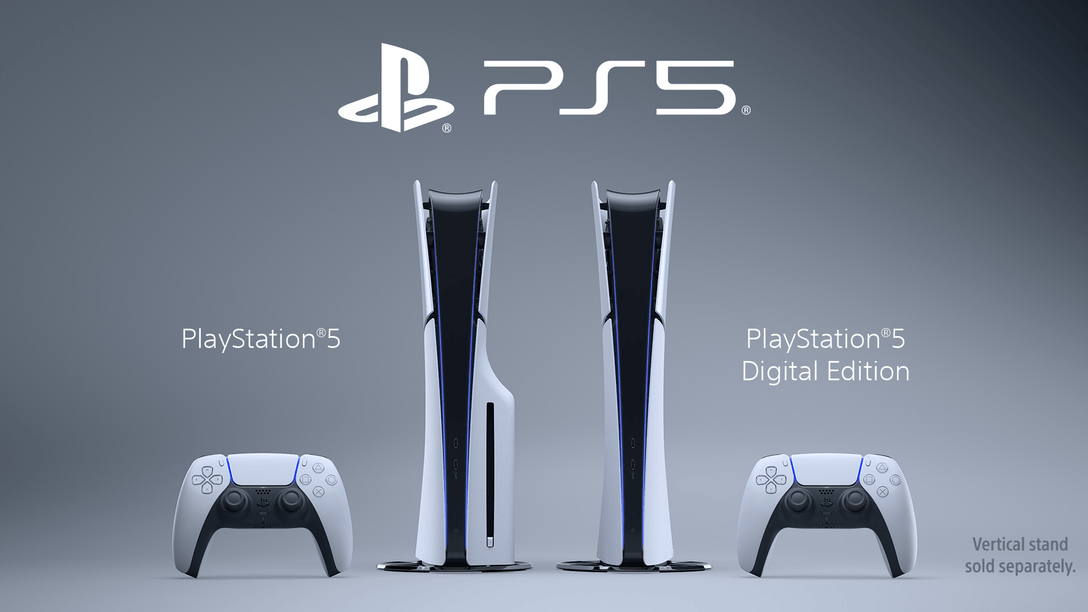
Comments are closed.